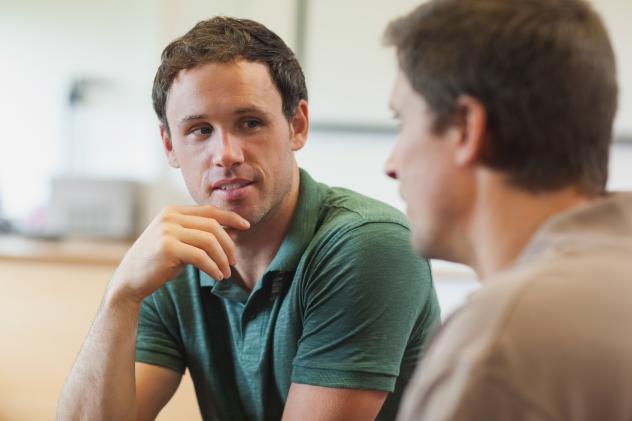These questions may also provide a useful starting point for talking about racism with our colleagues, family or friends. See our Conversation Guides below for tips and support on having conversations about race and racism.
Anti-racism is an ongoing process of learning, listening and refining our skills. Visit the Commit to Learning and Take Action sections of this website for information about racism and practical steps that you can take to develop your skills in anti-racism. The Resource Hub also contains links and information about other organisations and initiatives that can support deeper learning.
A note on the use of 'culturally and linguistically diverse'
Throughout this website, we have used the term ‘culturally and linguistically diverse’ to refer to people and communities who are not First Nations but may otherwise have direct lived experience of racism in Australia. This marks an important distinction between experiences of racism for Indigenous and non-Indigenous people, which, while at times overlapping, are distinct and unique.
In using the term ‘culturally and linguistically diverse’, we acknowledge its limitations and the fact that many people who have direct lived experience of racism do not identify with this term. We acknowledge that this term can be problematic and have a flattening effect, reducing a multitude of complex racial, cultural and religious identities into a homogenous identity. We also acknowledge that, in contemporary Australia, people and communities who have at times been considered ‘culturally and linguistically diverse’ do not directly experience racism, or are no longer negatively racialised. This points to both the evolving nature of racism and to the fact that language is imperfect and changes over time. While acknowledging these limitations, we use this term given its broad recognition and understanding. We do not intend to cause offence and apologise for any harm that may be caused. If you would like to discuss this or provide feedback, please contact our team.
